A MAP of England’s Covid hotspots has revealed a shocking north-south divide – as Jonathan Van-Tam warns infections are “burning quite hot” in some areas.
The deputy chief medical officer urged Brits not to relax yet in an address from Downing Street last night.

Read our coronavirus live blog for the latest news & updates…
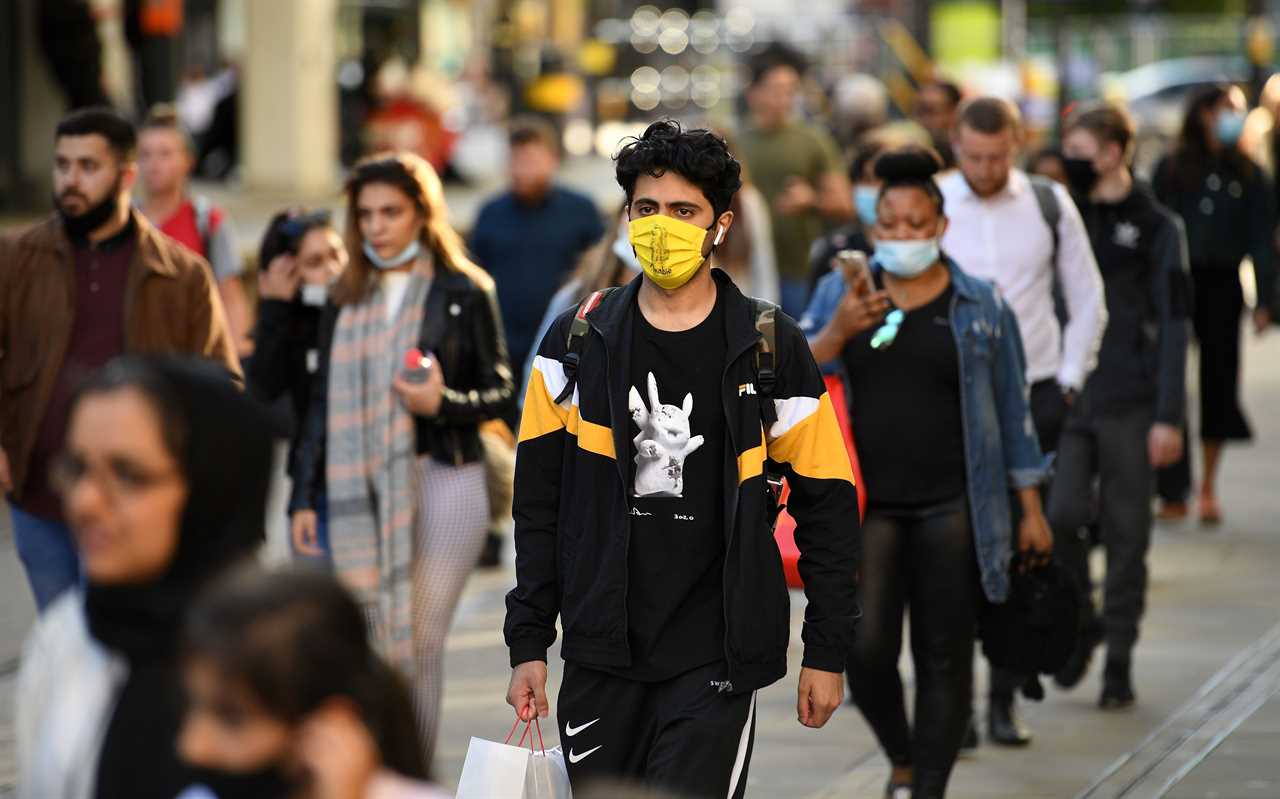
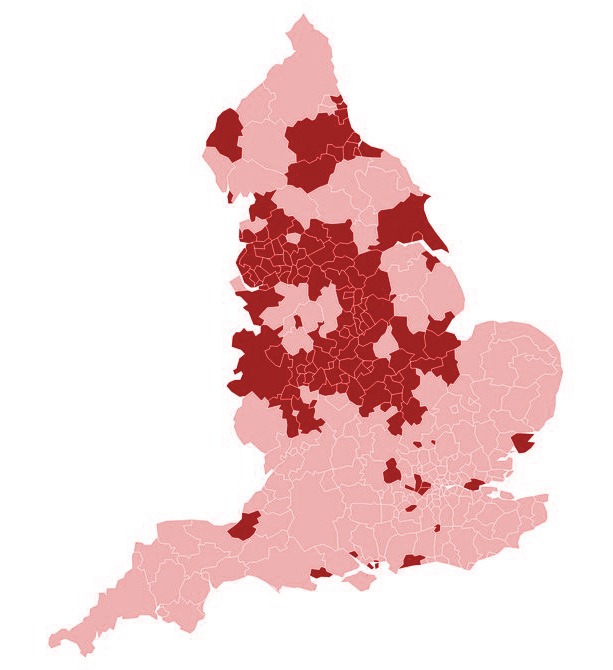
And a heatmap shows that in London and the south-east – both of which were at the epicentre of the crisis just weeks ago – cases are plummeting.
That’s despite the super-infectious mutant Kent variation emerging in the area.
Now, almost all of the country’s worst-hit areas are in the north or the Midlands.
Only two areas of the south fall into the grim top 30 – Luton and Slough.
Corby in Northamptonshire – which has a population of under 60,000 – is now the worst-affected place in England, with 33.7 cases per 100,000 people in the seven days to February 22.
Meanwhile, of the 315 local areas in England, 55 – 17 per cent – have seen a rise in case rates.
Appearing alongside Matt Hancock last night, Professor Van-Tam gave a grave warning that the UK hasn’t yet won its fight against Covid.
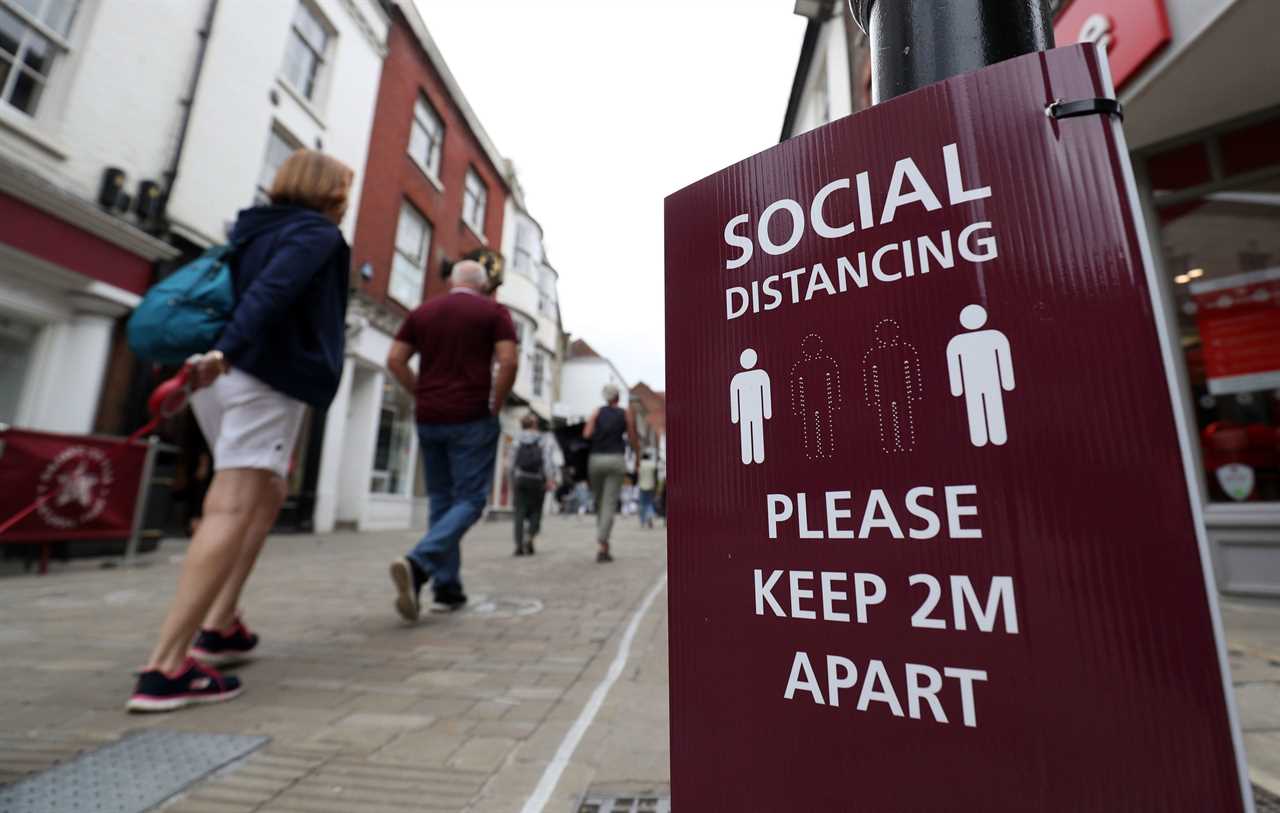
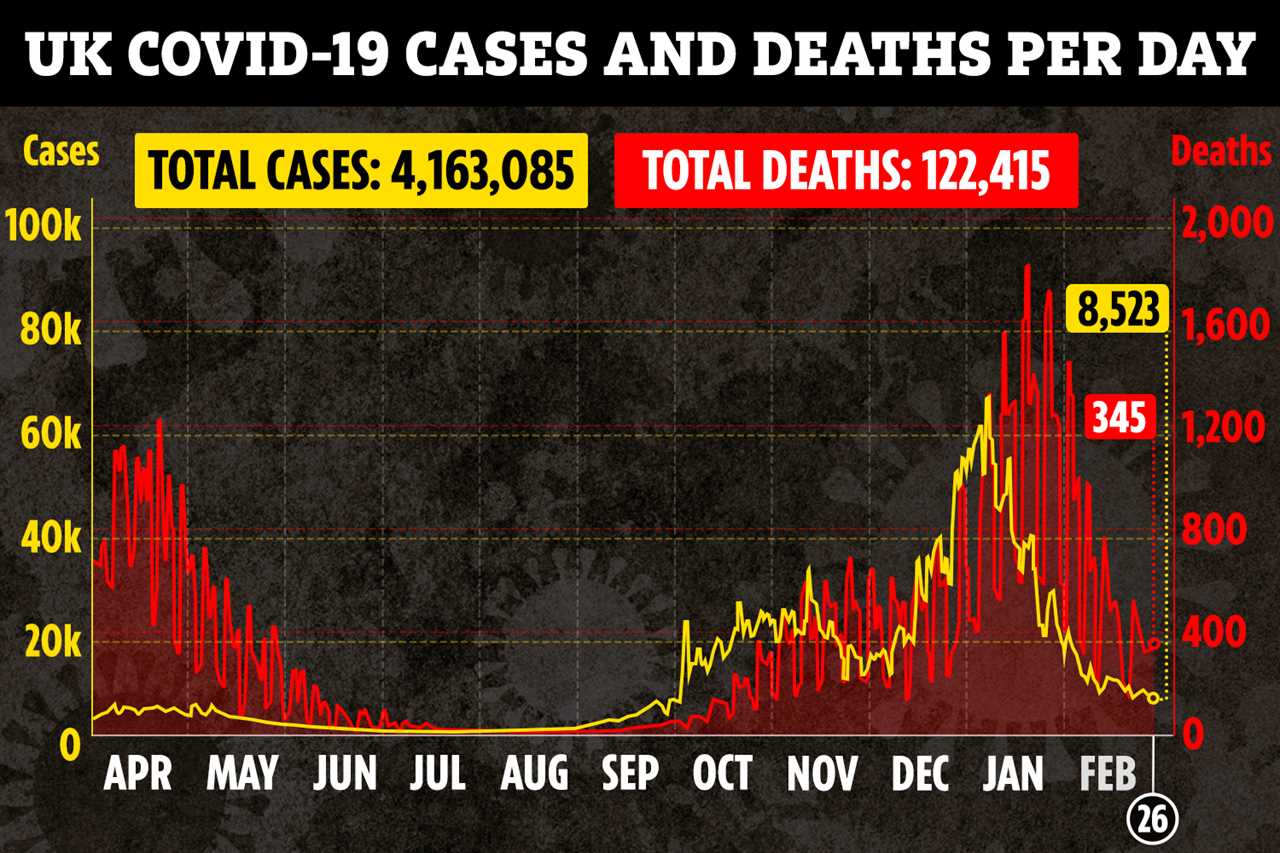
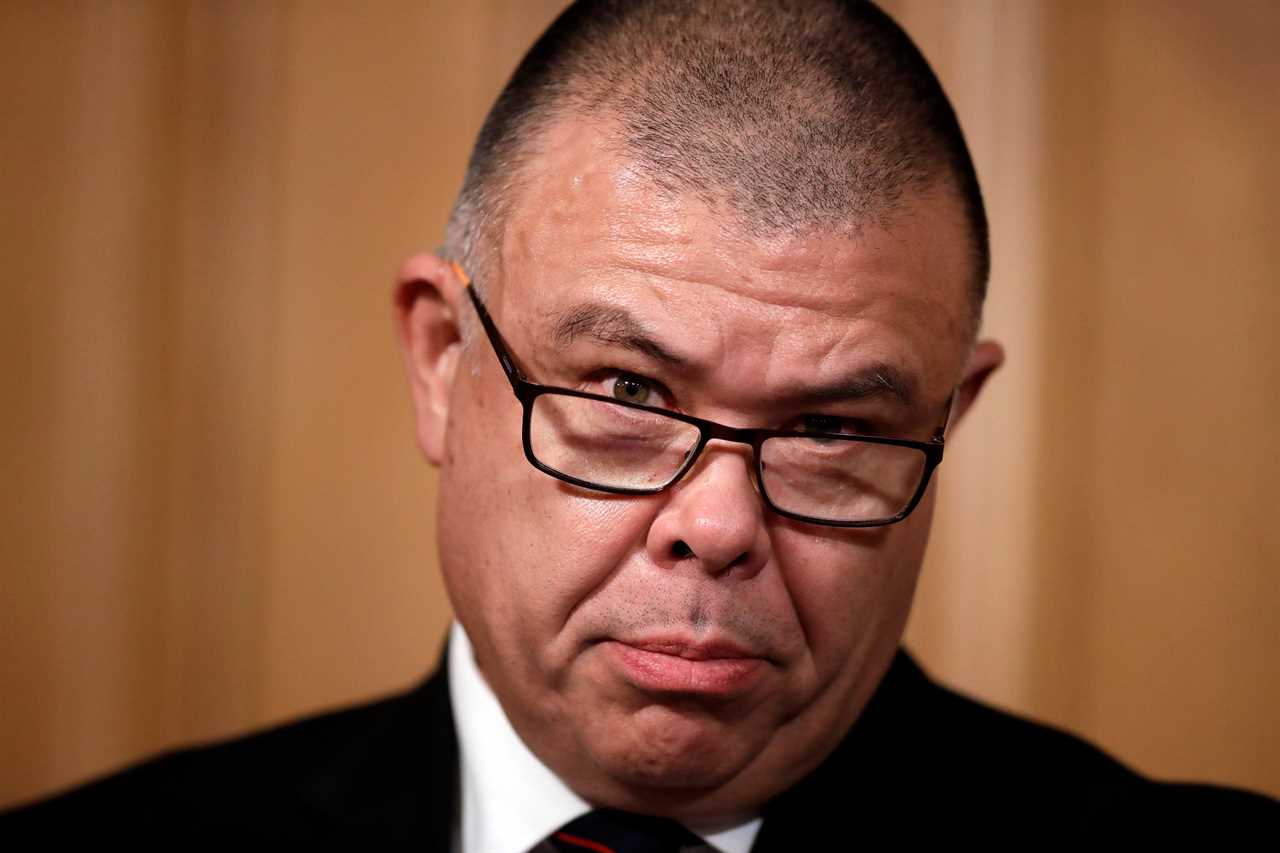
Presenting a series of slides on coronavirus case rates, he said there “were quite a few areas of the UK that are burning quite hot”, including in the Midlands and spreading up to the west coast of England.
Prof Van-Tam urged those who have been vaccinated to stick to the rules, urging the public: “Do not wreck this now.
“It is too early to relax.
“Just continue to maintain discipline and hang on just a few more months.”
Currently, all of the 30 areas with the lowest infection rates in England are in the south.
Just three cases were recorded in West Devon in the past week, a rate of 5.4 per 100,000.
Despite the divide, the Government plans to lift lockdown uniformly across the country, with no return to the tier system.
Schools will reopen on March 8, while on March 29, the rule of six returns outdoors.
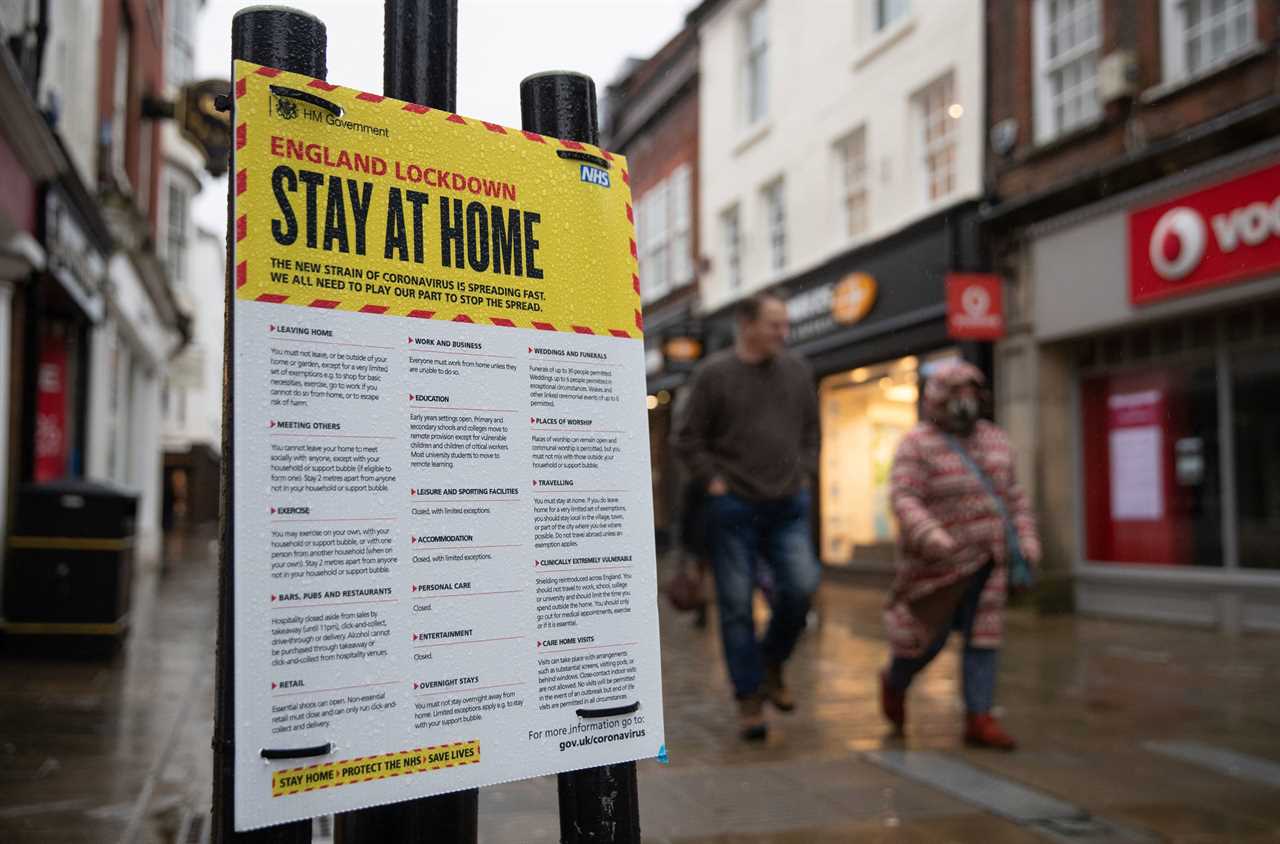
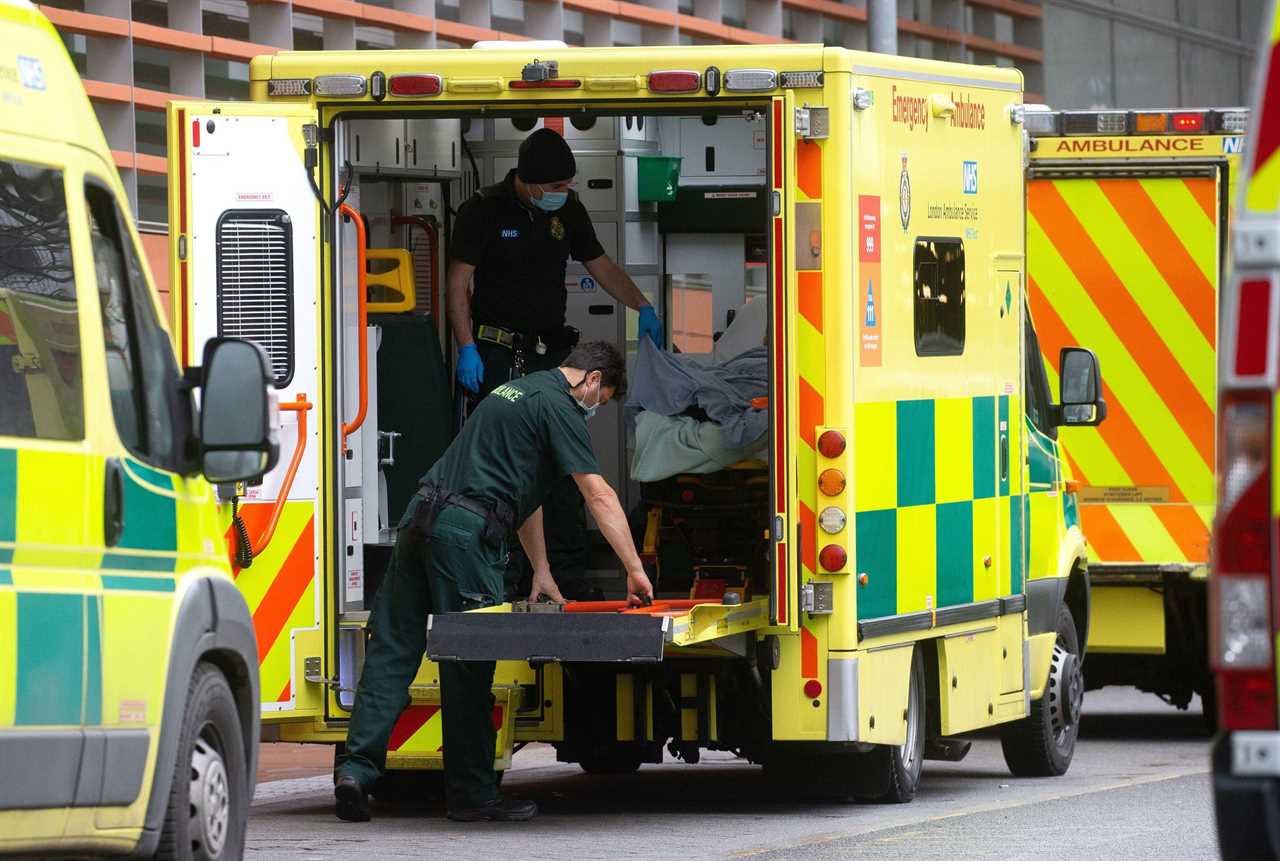
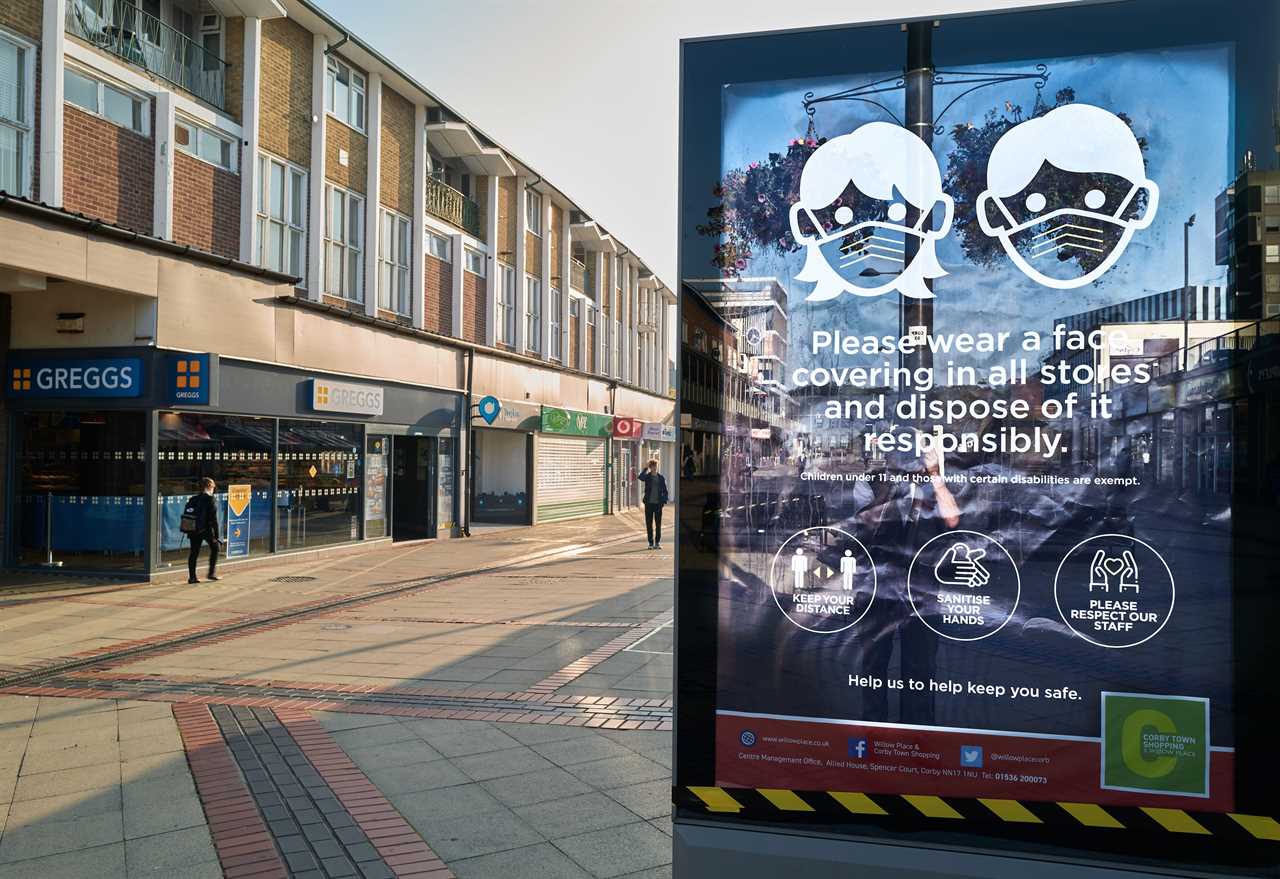
April 12 will see shops reopen for customers again, with hairdressers and barbers back, along with nail salons.
From May, pubs and restaurants will be allowed to have indoor service again – with the rule of six or two households in place.
And during the same month, two households will finally be able to mix indoors – and stay overnight.
After June it’s hoped that all other restrictions on where people can go are hoped to be lifted.
But northern health chiefs are said to be worried about the continued issues with persistently high rates of infection.
One reportedly said London’s experience with coronavirus is similar to a “forest fire tearing through the fuel before burning itself out” – while in areas like Yorkshire and Greater Manchester, the situation is more like a “tyre fire smouldering for months”, the Manchester Evening News reports.
A Joint Biosecurity Centre report into the Covid outbreak in Leicester, Blackburn and Bradford found that the root causes may be a “perfect storm” of several factors.







